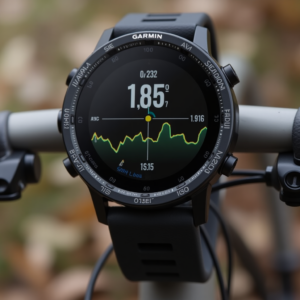
Predict equipment failures and reduce downtime with AI-powered predictive maintenance. Follow these steps to set up a predictive maintenance system: define goals and objectives, collect and preprocess data, choose a machine learning algorithm, train the model, deploy and monitor, evaluate and optimize, ensure data quality, and continuously improve.”
Step 1: Data Collection
– Install sensors and IoT devices on equipment to collect data on temperature, vibration, pressure, and other relevant parameters.
– Collect historical maintenance data, including repair records and maintenance schedules.
Step 2: Data Preprocessing
– Clean and preprocess the collected data to remove errors and inconsistencies.
– Normalize and format the data for use in machine learning algorithms.
Step 3: Feature Engineering
– Extract relevant features from the preprocessed data, such as mean temperature, vibration frequency, and pressure levels.
– Create new features through data transformation and combination.
Step 4: Model Selection
– Choose a suitable machine learning algorithm for predictive maintenance, such as random forest, gradient boosting, or neural networks.
– Consider factors like data size, complexity, and interpretability.
Step 5: Model Training
– Train the selected model using the preprocessed data and features.
– Tune hyperparameters to optimize model performance.
Step 6: Model Deployment
– Deploy the trained model in a production-ready environment.
– Integrate the model with existing maintenance management systems.
Step 7: Predictive Analytics
– Use the deployed model to predict equipment failures and maintenance needs.
– Generate alerts and notifications for proactive maintenance.
Step 8: Continuous Improvement
– Monitor model performance and update the model as new data becomes available.
– Refine features and algorithms to improve prediction accuracy.
Step 9: Integration with Maintenance Scheduling
– Integrate predictive maintenance with existing maintenance scheduling systems.
– Optimize maintenance schedules based on predicted equipment failures.
Step 10: Ongoing Evaluation
– Regularly evaluate the effectiveness of AI-powered predictive maintenance.
– Identify areas for improvement and implement changes as needed.


